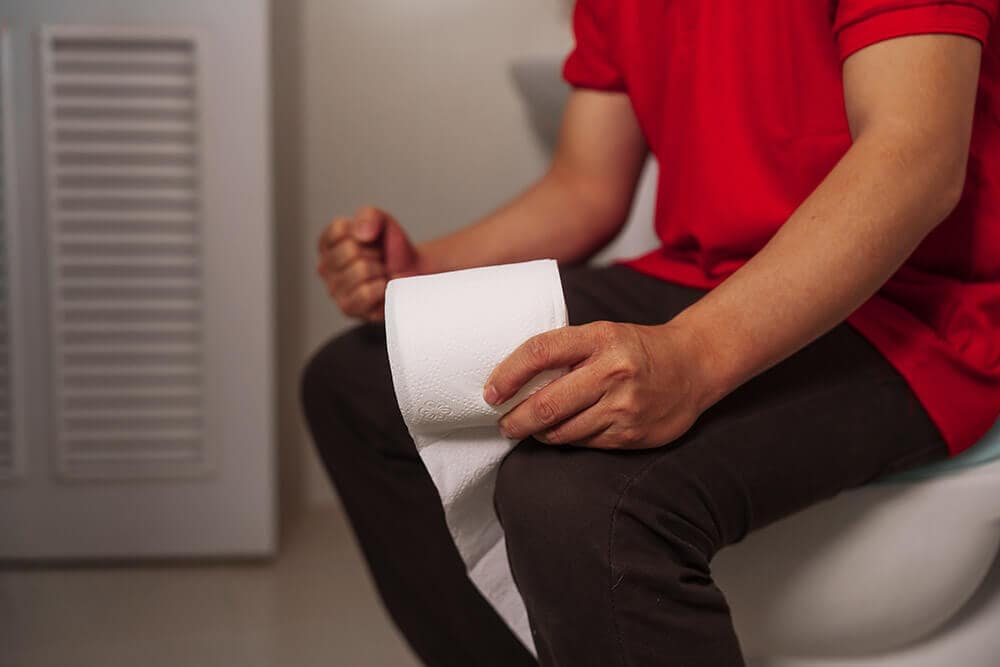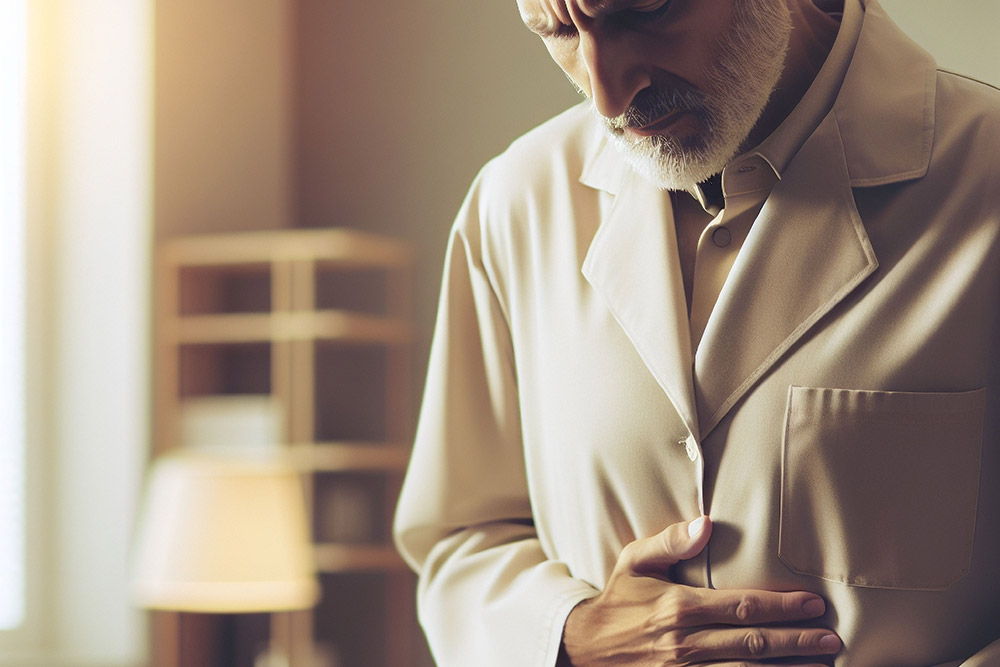How Dr. Rishi Diagnoses HPV?
Comprehensive Medical History & Physical Exam
Dr. Chadha begins by reviewing your personal and sexual history, vaccination status, immune health, and any symptoms. A focused physical exam inspects the skin, genital, anal, and oropharyngeal areas for warts or lesions.
Pap Smear & HPV DNA Testing (Women)
For female patients, he collects cervical cells via Pap smear and sends them for both cytology and high-risk HPV DNA testing to detect viral strains linked to cervical dysplasia.
Visual Inspection & Biopsy of Warts
Suspected genital or anal warts are examined under magnification; if appearance is unclear, a small biopsy is taken to confirm HPV and rule out other conditions.
Anal Pap for High-Risk Patients
In men who have sex with men, HIV-positive individuals, or those with prior anal dysplasia, Dr. Chadha performs an anal Pap smear to screen for anal intraepithelial neoplasia.
Determining Next Steps
Based on results-whether low-risk strain monitoring or treatment for high-risk changes-he tailors a plan of watchful waiting, topical therapy, or referral for minimally invasive procedures.

Frequently Asked Questions
What causes HPV?
HPV spreads through skin-to-skin contact, often sexual.
Can HPV go away on its own?
Yes, most clear in 1-2 years without treatment.
Are there side effects of the HPV vaccine?
Mild soreness or fever; serious reactions are rare.
How do I know if I have HPV?
Warts, abnormal Pap results, or HPV DNA tests can confirm it.
Does HPV cause cancer?
High-risk strains may lead to cervical, anal, or throat cancer if untreated.
Can men get tested for HPV?
Yes, via anal Pap or visual exam if warts are present.
How often should women be screened?
Every 3 years with a Pap smear; or every 5 years with HPV co-testing.
Is there a cure for HPV?
No cure for the virus, but treatments remove warts and abnormal cells.
What diet helps fight HPV?
Foods high in antioxidants-berries, leafy greens, and nuts'support immunity.
Can I get HPV again after treatment?
Yes, vaccination and safe practices lower risk of re-infection.











